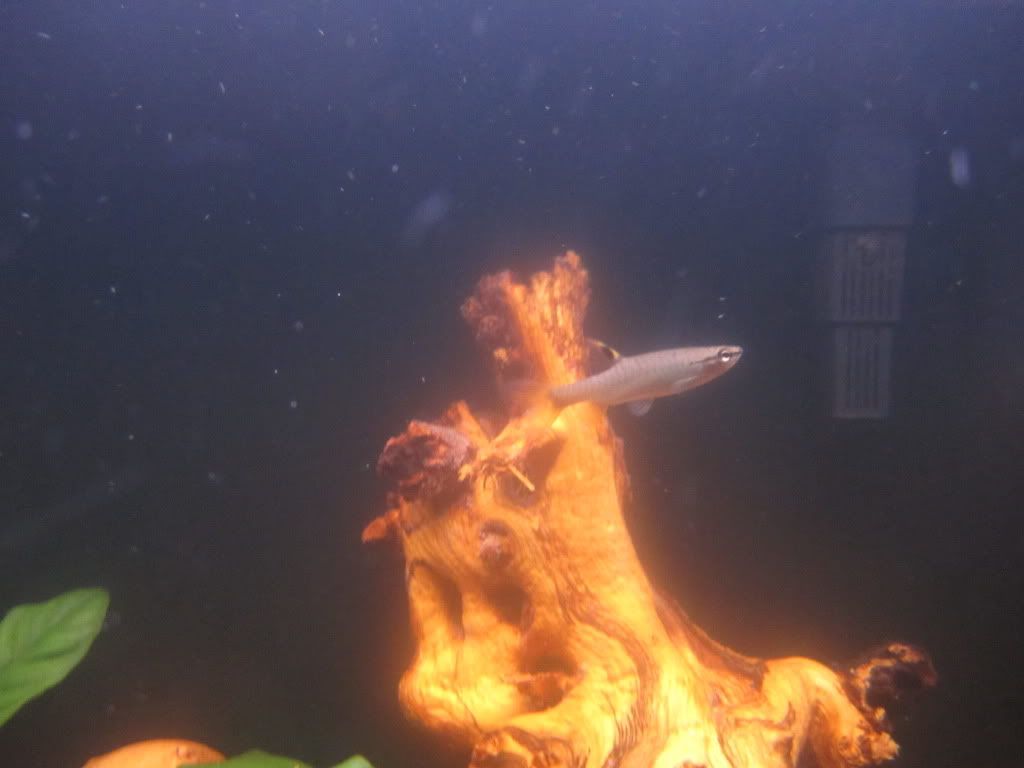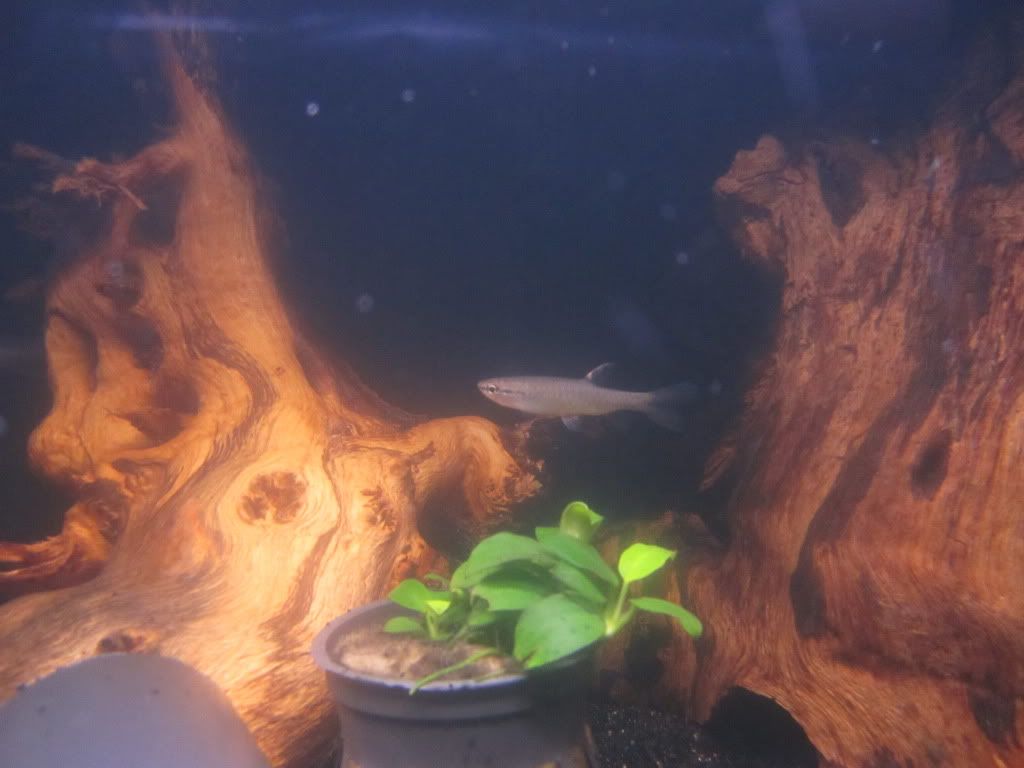- Messages
- 176
- Location
- Seattle, Wa
Got these guys to go with my dwarf pikes since they are larger and less snackable. They were listed as Copella guttuta, a name I couldn't find even as a jr. synonym on fish base. They look closest to C. metae, which would make sense given all the Colombian fish at the LFS (the dwarf pikes, Apistogramma iniridae, ect). Any ideas? I know these aren't the best shots, still learning this new fangled part of the hobby.






